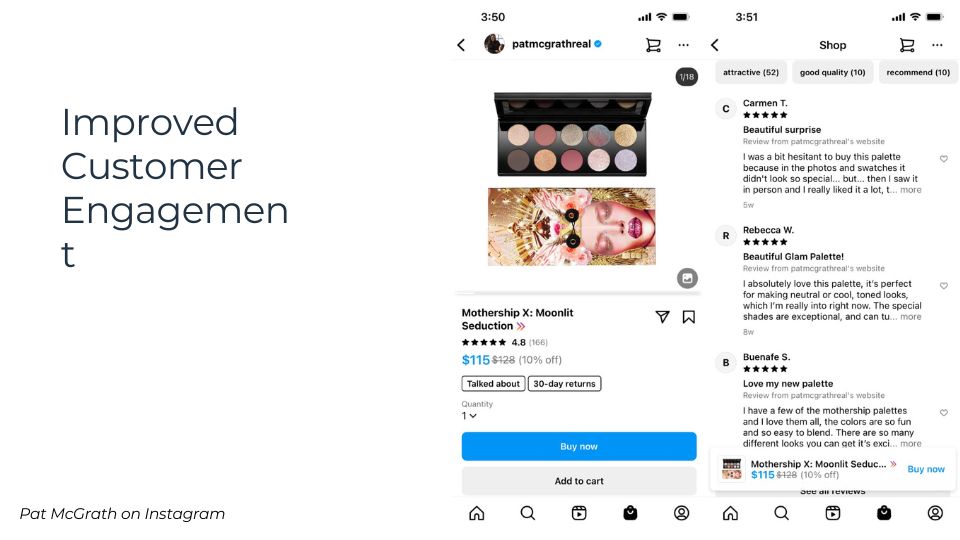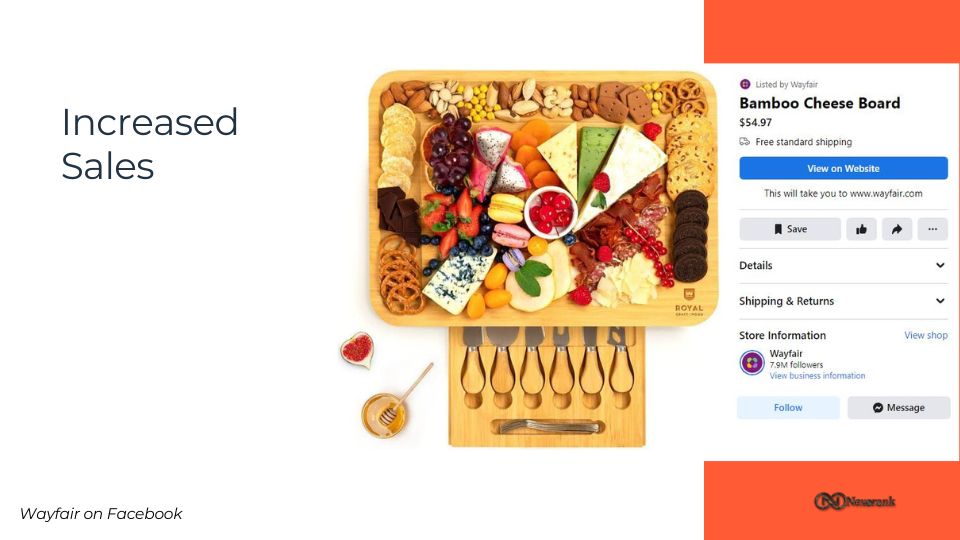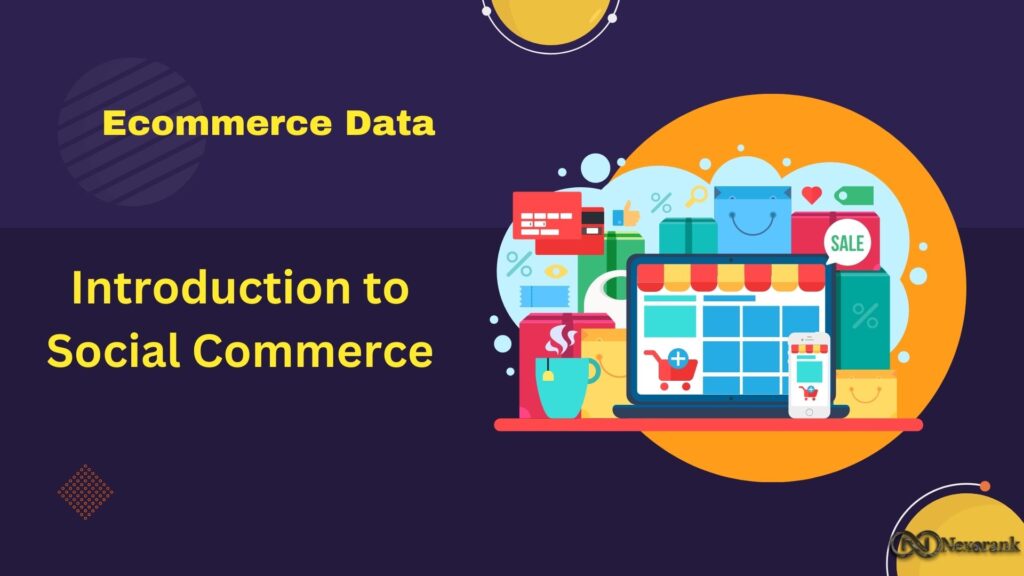More people than ever before are using social media. Social media platforms like Facebook, Instagram, and TikTok have become essential components of modern life, with billions of active users worldwide. People use these platforms not only to connect with friends and family but also to discover new products and make purchase decisions.

According to Statista, as of 2023, there are 4.89 billion social media users worldwide —a 6.5% increase from the previous year. But even more remarkable, that’s 2.2 billion more social media users than there were in 2017, an amazing 79.1% jump in just five years.
And with that growth comes the new popularity of social commerce — people buying goods and services through social media platforms. The rise of social media has had a significant impact on the way consumers shop, and businesses that embrace this trend can reap the benefits. In 2023, global sales via social media platforms are expected to be $1.3 billion with the expectation that it will reach $3 trillion by 2026.
Here’s Sakibul, principal marketing manager offline community & advocacy for Nexorank to share more.
Sakibul: As we’re talking about social commerce, it’s interesting to look at the direct-to-consumer market, and how that’s been a massive trend over the past couple of years. We still see opportunities for small businesses and creators to really drive social commerce because they have new avenues to drive awareness. There’s been so many businesses who’ve really popped and come to life because of TikTok, and it
wasn’t because automatically someone loved their product. It’s because they were able to be found. So that connection between social and commerce, it’s distribution. It’s awareness with the immediate opportunity to buy from that place. And so, when you’re thinking about how you can drive awareness, traffic, and revenue for the products and services that you have, it really comes to this: How can you go on your attention
quickly, and how can you make it as frictionless as possible from “I see you” to “I paid you?”
How can your business benefit from tapping into a social media platform for your commerce?

Let’s walk through some of the ways: First, there’s increased reach and exposure. People don’t visit websites as often as they used to, but through social, businesses can reach a wider audience, expand their brand awareness, and engage with potential customers in real-time. This can be especially beneficial for small businesses that may have limited resources for traditional advertising.

Next is improved customer engagement. Social media platforms provide businesses with the opportunity to interact with their customers in a personal and interactive way.

This can help build customer loyalty, increase customer satisfaction, and improve the overall customer experience. Let’s not forget about increased sales. By integrating social commerce capabilities into their social media presence, businesses can streamline the purchasing process and make it easier for customers to make purchases directly from their social media pages. This can increase sales and revenue and help businesses tap into the growing trend of social commerce.

Another benefit is enhanced data collection. Social media platforms provide valuable insights into customer behavior, preferences, and purchasing habits. This data can be used to inform business decisions and improve marketing strategies. It’s also more cost-effective than traditional advertising, making it an attractive option for businesses of all sizes. For example, when comparing Cost-Per-Thousand Impressions (CPM), the CPM of social media is less than $3 USD. Radio comes in at around $10 and (big surprise) the CPM for TV is $28.

When developing your social commerce strategy, there are a few key components you’ll need to factor into your plan. For example, you need to have a clear understanding of your target audience. Understanding who your target audience is and what they want is crucial in developing a successful social commerce strategy. This includes researching their demographics,

interests, and purchasing habits. This will help you choose the right platform and inform your content development. You also need a strong social media presence. Establishing a strong social media presence is crucial in social commerce. This includes creating engaging content, using relevant hashtags, and posting regularly. Influencer marketing should be a part of your plan as well. Partnering with influencers who have a large following in your target market can help you reach a wider audience and increase brand awareness.

Then, there’s user-generated content. Encouraging your customers to share their experiences with your products on social media can help build trust and credibility with potential customers.
Here’s an example of a branded hashtag, #wayfairathome, which has over 50,000 user-generated posts. Mobile optimization is also a must when it comes to social media. With the majority of social media users accessing the platforms on their mobile devices, it’s important to ensure that your social commerce platform is optimized for mobile.
A seamless integration with your eCommerce platform is another thing to think about. A successful social commerce strategy requires seamless integration between your social media channels and your ecommerce platform to ensure a smooth customer experience.
And finally, you need to have a plan for analyzing and measuring your efforts. Regularly measuring and analyzing the success of your social commerce efforts is crucial in making data-driven decisions and optimizing your strategy. Social commerce is a growing trend that businesses cannot afford to ignore. By establishing a presence on social media and embracing social commerce capabilities, businesses can reach a wider audience, improve customer engagement, increase sales, and gather valuable insights into customer behavior. It’s a win-win for businesses and consumers alike.



















